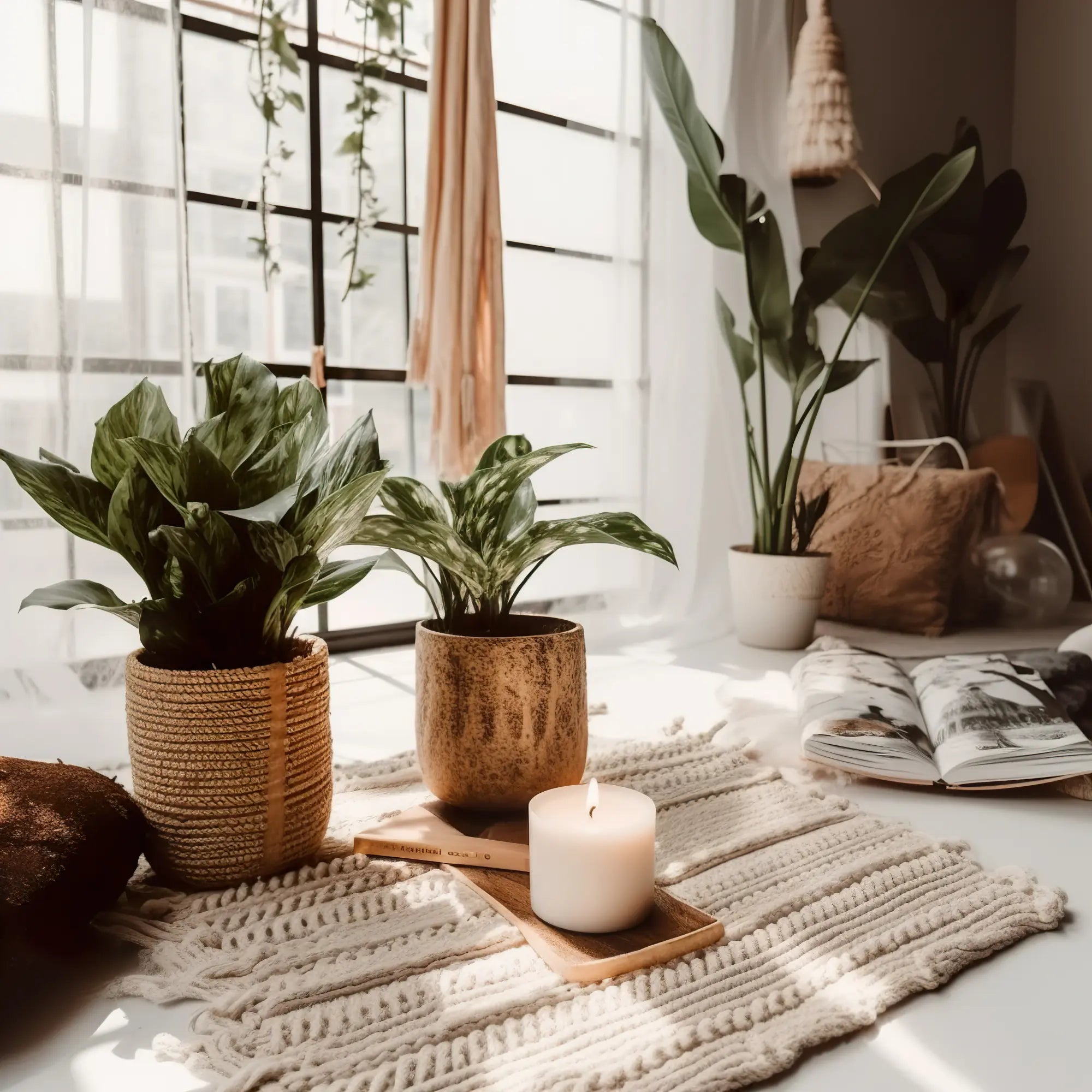Our homes are more than mere structures; they are reflections of our personalities, sanctuaries of comfort, and canvases for creativity. The act of decorating our living spaces goes beyond functionality—it is a deeply ingrained human desire to shape our environments into places that resonate with our identities and nurture our well-being. Here’s a closer look at why decorating our homes holds such a special place in our hearts.
Self-Expression and Identity
One of the most compelling reasons we love decorating our homes is the opportunity it provides for self-expression. From the choice of furniture and colors to the arrangement of artwork and personal mementos, every decision reflects our tastes, values, and life experiences. Our homes become extensions of ourselves, telling stories about who we are and what we hold dear. Whether it's a cozy nook for reading, a vibrant kitchen that inspires culinary adventures, or a serene bedroom that promotes restful sleep, each space speaks volumes about our individuality.
Creating Comfort and Sanctuary
At its core, home decoration is about creating a haven where we can retreat from the outside world and recharge. The arrangement of furniture, lighting choices, and decorative accents all contribute to the atmosphere of comfort and security. Soft textures, soothing colors, and personalized touches transform a house into a home, enveloping us in a sense of warmth and familiarity. By curating spaces that cater to our physical and emotional needs, we cultivate environments that support our well-being and enhance our quality of life.
Fostering Creativity and Inspiration
Decorating our homes is an inherently creative process that sparks inspiration and innovation. It encourages us to explore different styles, experiment with textures and colors, and discover unique ways to arrange and display items. Whether it's DIY projects, upcycling old furniture, or integrating new design trends, decorating stimulates our creativity and allows us to continually reinvent our living spaces. The quest for beauty and functionality motivates us to seek out new ideas and solutions, turning our homes into dynamic reflections of our evolving tastes and aspirations.
Cultural and Emotional Connections
Home decoration also serves as a bridge to our cultural heritage and personal memories. Incorporating heirlooms, artwork from travels, or cultural artifacts into our decor connects us to our roots and preserves cherished traditions. These elements not only add depth and richness to our homes but also evoke nostalgic emotions and foster a sense of continuity across generations. Decorating becomes a way to honor our past while embracing the present and looking toward the future.
Community and Social Interaction
In today's interconnected world, decorating our homes has also become a social endeavor. Platforms like social media, design blogs, and home improvement shows inspire us with trends, tips, and insights from a global community of design enthusiasts. Sharing our own decorating journeys online or with friends and family sparks conversations, fosters connections, and offers opportunities for mutual inspiration and support. It's a collaborative process that celebrates diversity and encourages creativity in home styling.
Conclusion
In conclusion, the love for decorating our homes stems from a deep-seated desire to create personalized, comfortable, and inspiring spaces that reflect who we are and support our lifestyles. It is a blend of self-expression, creativity, emotional connection, and social interaction that transforms houses into homes filled with meaning and character. Whether we are rearranging furniture, hanging artwork, or exploring new design trends, each decision we make in decorating contributes to the ongoing narrative of our lives, enriching our daily experiences and nurturing our sense of belonging.
We are eager to hear your creative decoration ideas in the comments below.




